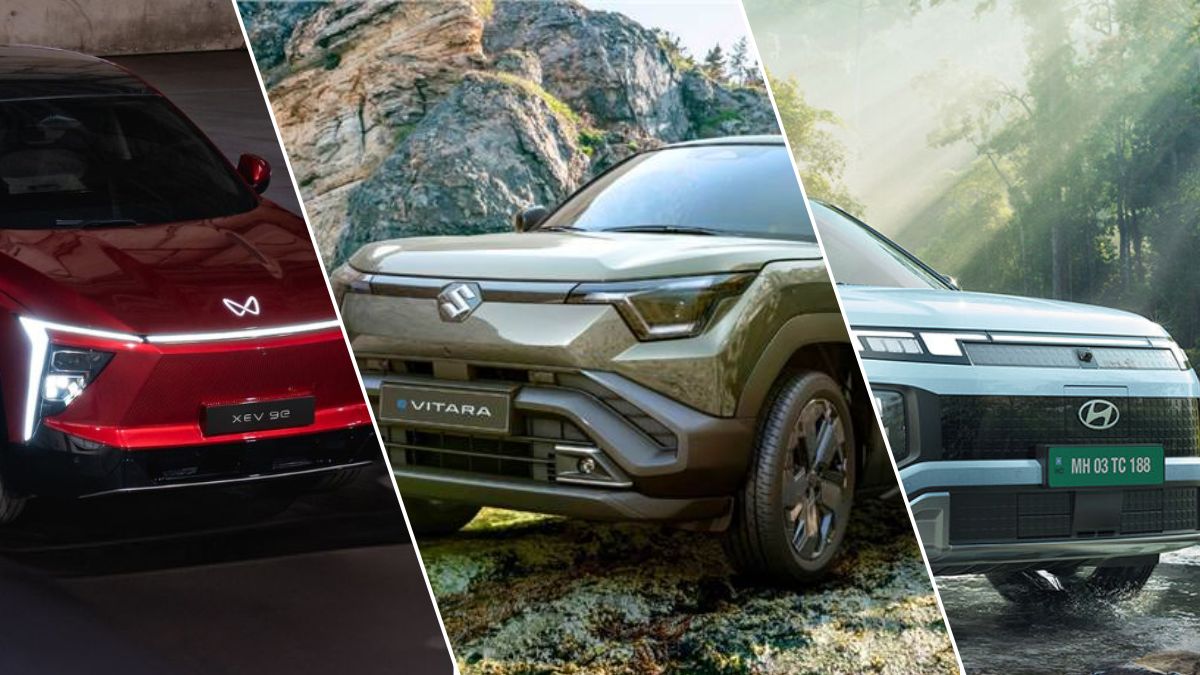Hyundai vs Tata vs Mahindra: Why everybody wants to be No. 2 in Indian auto
 Major automakers in India have launched EVs | Official websites
Major automakers in India have launched EVs | Official websites
The alarm bells clanked in full volume this February at the swank glass-and-steel edifice just off Gurugram’s expressway that housed the India headquarters of Korean automobile giant Hyundai. That’s when Mahindra and Mahindra raced past Hyundai to become the second biggest car maker in India. Mahindra sales had reportedly increased 19 per cent that month, compared to sales of Hyundai falling 5 per cent.
That alarm bell is yet to die down. If February was a teaser, last month Tata Motors hit nearly 71,000 in sales (though this figure includes commercial models as well), while Mahindra clocked more than 52,000, compared to Hyundai’s 44,000-plus.
The No.2 slot had been the Korean carmaker’s entrenched position for more than two decades now, the brand becoming a familiar name in middle-class India thanks equally to the success of popular models like Santro and Creta as much as its longstanding brand endorsement deal with matinee idol Shah Rukh Khan.
Also Read | Chip giants meet: What is brewing between Nvidia CEO Jensen Huang and TSMC CEO C.C. Wei?
With Maruti Suzuki remaining out of reach as the numero uno (sales within India at 1.38 lakh last month), the cut-throat action in the Indian automobile sector is all about the No. 2 spot.
And surprise of surprise, Pune-based Indian brands are suddenly stealing the thunder from the international brands that have ruled the roost since the years following liberalisation when India’s car manufacturing sector bloomed from just about three brands (Hindustan Motors of Ambassador fame, Maruti Suzuki, and Premier Auto) to all the biggies from around the world—General Motors and Ford from the US, Honda and Toyota from Japan (following Suzuki) and the now-defunct Daewoo from Korea, accompanying Hyundai on their passage to India.
Tata Motors did grab headlines with its persistent efforts at indigenisation down the years—remember the Indica, touted as the first ‘Made in India’ car, as well as the rather ill-fated Nano? But it wasn’t enough to translate into market-share glory for long. Mahindra also was never known for cutting-edge and agile cars, until very recently.
Anything from collaborations with foreign companies to technology transfers and the gradual evolution of Indian capabilities over the years have helped the domestic manufacturers, as their ‘we can also do it’ effort seems to be paying dividends finally.
Also Read | Around 14 per cent of India’s youth is unemployed: Decoding the jobs data
The electric trend also helped the Indian companies to break free from the clutter and stand out—while established biggies had big investments in consolidating their predominant position in ICE (petroleum-fuelled motor cars) categories they were entrenched in—Maruti in small car manufacturing and Hyundai as an SUV specialist, it took them time to switch and adapt to the electric vehicle revolution bubbling under (while Hyundai launched an electric car called Kona as way back as 2019, it was more an attempt to position itself as tech-forward than anything else; the car hardly had takers).
But not so the just-about-there desi brands, who could afford to be agile and switch faster. Tata Motors, which was at a crossroads on what to do next after the Indica-Indigo, as well as Nano experiments, ran their course, jumped onto the EV bandwagon, releasing a plethora of actually affordable models that consumers embraced with gusto, ranging from models like Nexon, Tiago, Punch, etc. Same with Mahindra, which flaunted not just glitzy electric models like BE6, but beefed-up SUVs like the XUV series and Thar.
At Hyundai, they are girding up their loins for the fightback. Not only has it reportedly dispatched a high-level delegation to India to figure out what is going wrong, but new reports indicate the company will go in for a series of new launches to make up for lost territory. The battle for the No. 2 throne is set to get intense, and is sure to kick up a lot of dust, throttle and hum in the days and months to come.
Business